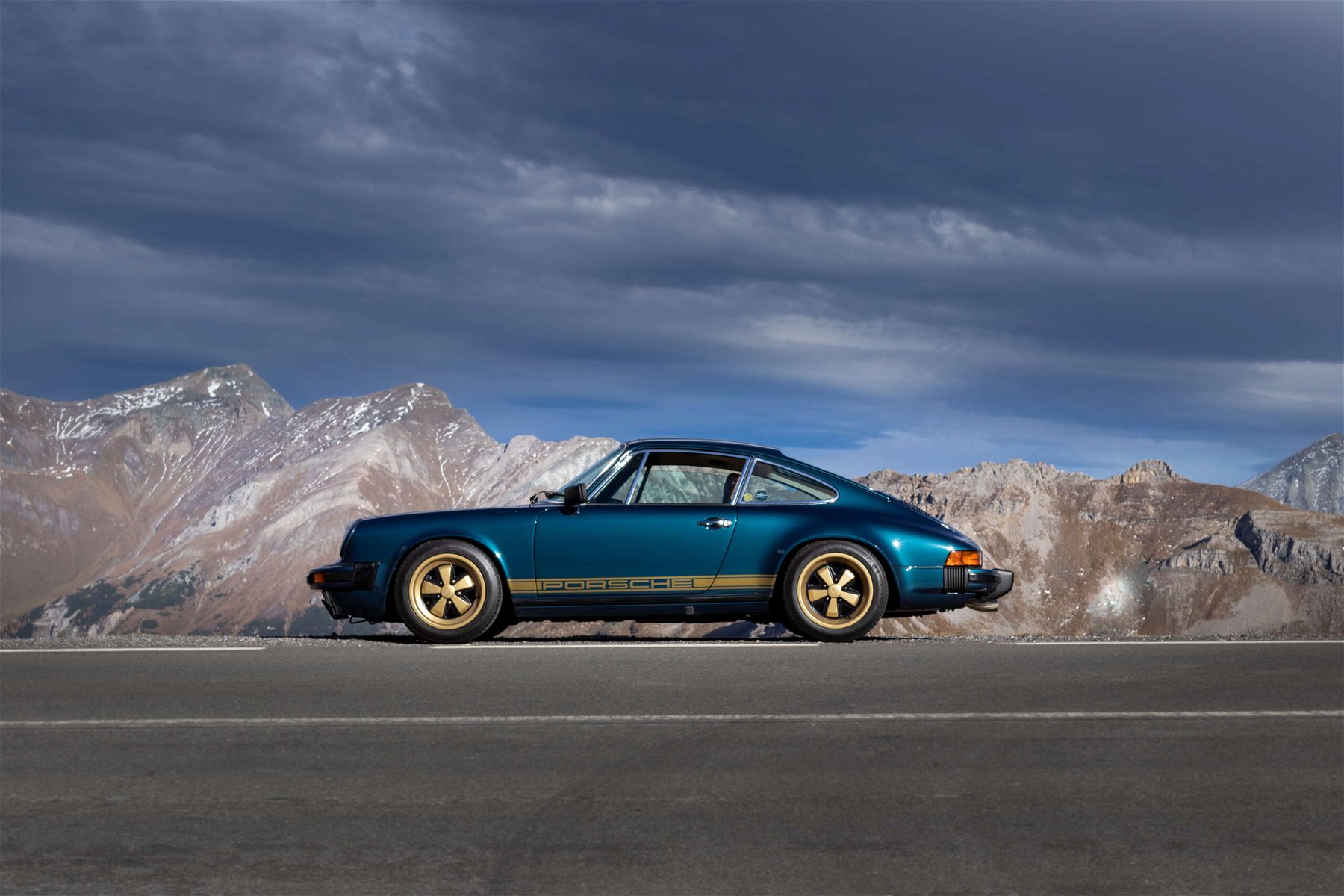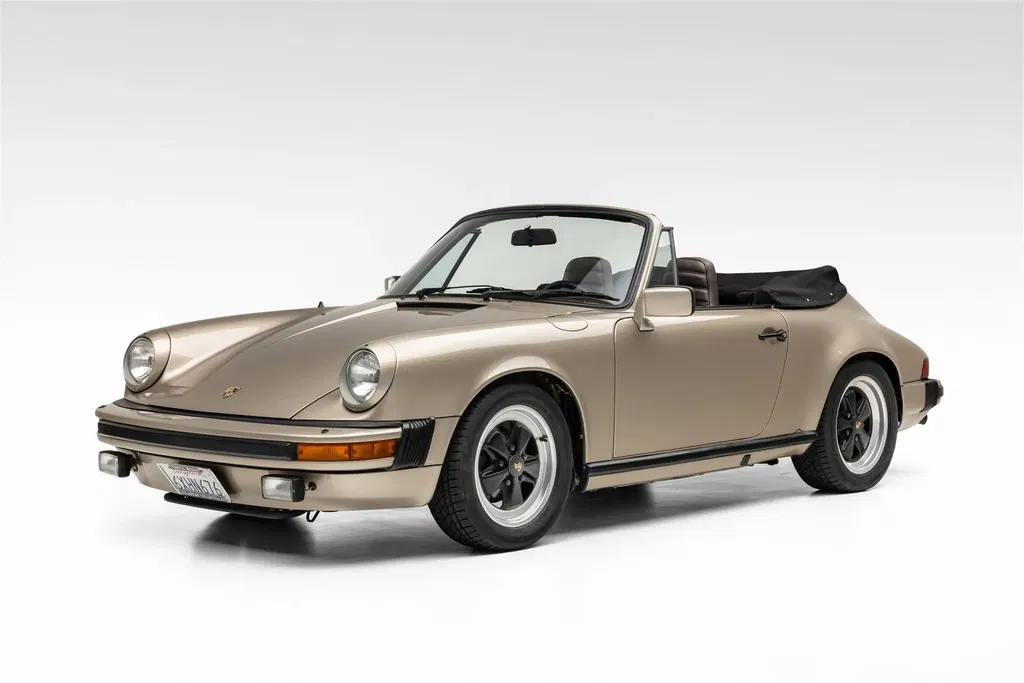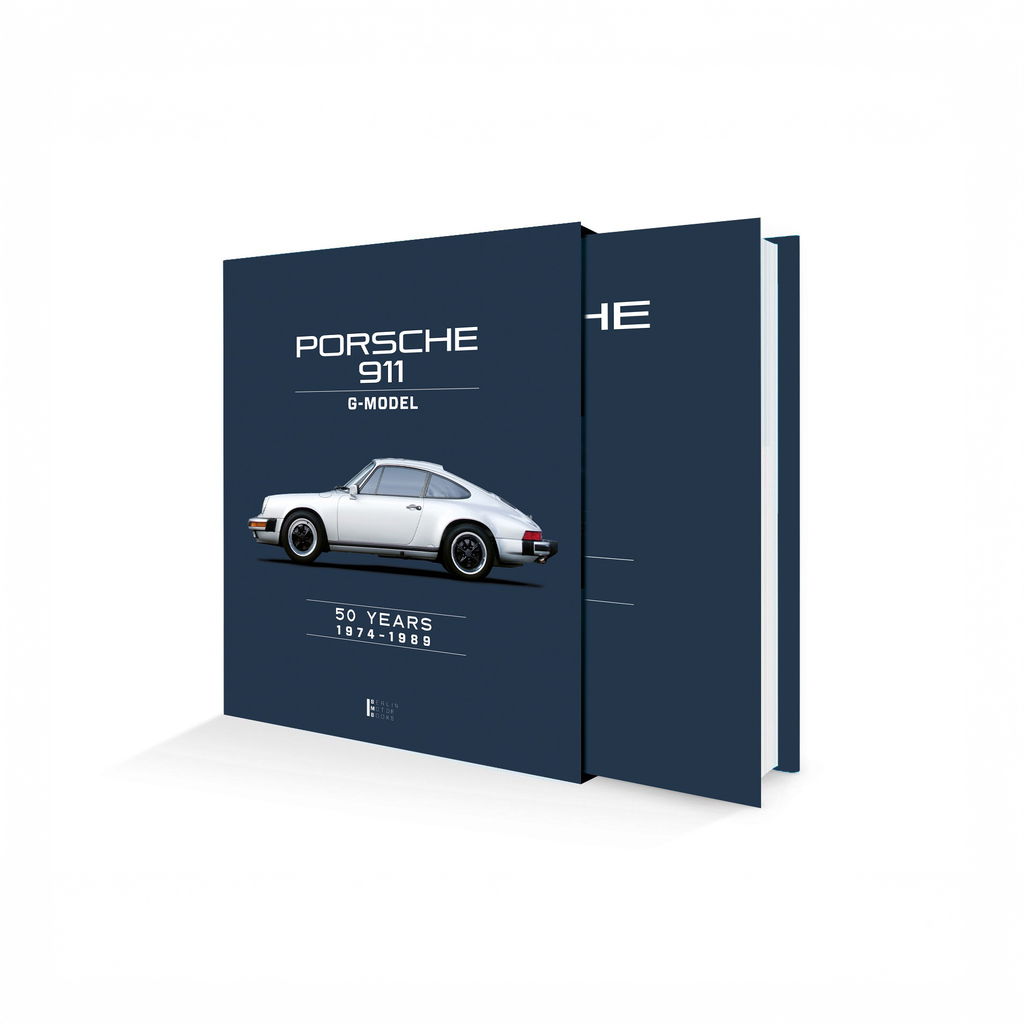Buy Porsche 911 SC.
On the Elferspot Marketplace.
In 1977, under the leadership of Ernst Fuhrmann, Porsche prepared to bid farewell to the 911. With the 924 and 928, the Suttgarters took a different technical direction. For the 1978 model year, Porsche therefore reduced the 911 product range to just two models. Apart from the 911 Turbo, only the Porsche 911 SC remained. Its name in particular shocked 911 fans and the press alike. Because the last Porsche 356 already had the abbreviation SC in its name – a combination of the model names Super and Carrera. But in the end, everything turned out differently and the SC sold better than its planned successor, the 928. In our Porsche 911 SC buying guide, we explain the differences between the model years and, of course, some problem areas that you should bear in mind before buying.
Built from model year 1978 to 1983 in the wider Carrera 3.0 body
As most of the development budget at the time went into the costly creation of the 928, there was not much money left for the improvements to the 911. So the engineers used the 911 Carrera body and its 3.0 liter Carrera engine as a base line. The engine was optimized for torque and emissions, so initially it came onto the market with 180 hp and 265 Nm. Customers had the choice between a five-speed manual gearbox and a three-speed Sportomatic. 911 SCs from the first model year (MY) 1978 are referred to as chrome models due to their chrome window frames, door handles and headlight rings. The subsequent 911 SCs had black anodized trim parts and headlight rings painted in the body color.

For MY 1980, the Porsche 911 SC received a revised engine with 188 hp. Torque and performance remained unchanged. However, more torsion-resistant valve covers and an improved valve seal were used. Porsche also equipped the 911 SC with a three-spoke steering wheel.
Porsche 911 SCs from the first model year 1978 are referred to as chrome models due to their chrome windshield frames, door handles and headlight rings. The subsequent 911 SCs had black anodized trim parts.
In addition to extending the warranty against rusting through to seven years, Porsche also gave the 3.0 liter engine in the 911 SC a makeover for the 1981 model year. By increasing the compression ratio from 8.5 to 9.8 : 1 and changing the timing, the output increased to 204 hp and 267 Nm. In return, 98 octane fuel was now required. The result was ten kilometers per hour more top speed and only 6.8 seconds for the sprint up to 62 mph. Externally, you can recognize the later SC at a glance. They have side indicators in the front fenders.
From 1983, the Porsche 911 SC was finally also available as a Cabriolet
Further revisions for the 1982 model year included optional Turbo spoilers at the front and rear as well as the standard headlight washer nozzles. But the most interesting innovation concerned the Porsche 911 SC’s last model year. From MY 1983, there was finally a Porsche Cabriolet again after 18 years! With this model, Porsche – under the leadership of Peter W. Schutz since 1981 – sent out a real signal. It was a promise to enthusiasts that the Porsche 911 would live on.


Porsche 911 SC Buyer’s Guide – Exterior
Porsche 911 SCs generally offer rust-protection in an exemplary manner, especially in view of their construction period. However, time, mechanical stress, moisture and possible repairs can also affect the end-of-70s 911. In principle, 911 SCs can rust anywhere. The following areas are most frequently affected: Jack mounts, door lower edges and sill plates, sills, A-pillar, windshield frames and battery compartments. Defective rubber seals around doors, windows, Targa roofs and sunroofs are often the cause. A detailed inspection of the underbody for rust is also highly recommended.
For the first time with the Porsche 911 SC buyers of 911s could choose between Coupé, Targa and Cabriolet. © European Collectibles
Whether original paint with patina or a flawless new paint job is the top priority is very individual. However, like many of its siblings, the Porsche 911 SC often suffers from numerous stone chips. In this case, it is essential to consider whether a paint job might be a good idea simply for rust protection reasons. A stone chip can quickly turn into a real corrosion problem, especially on the windshield frame. If repainting can be detected with a paint layer meter, for example, at least no color differences should be visible. It should also be possible to trace the reason for the paint job.
On Targa models, it is regularly noticeable that the roof cover is curling. The locking mechanism can also wear out. A certain amount of wind noise is always to be expected with G-model Targas – even when closed – but poorly closing roofs naturally exacerbate the problem. The same applies to the convertible roofs. The zippers on the rear window of the Porsche 911 SC Cabrio should also be functional and smooth-running. A blind plastic window, on the other hand, is not a problem because it is easy to replace.
No matter if Coupé with sunroof, Cabriolet or Targa – on the Porsche 911 SC, defective seals often lead to moisture ingress and subsequent rust! The turbo boot lid was only available from model year 1982 onwards. © The Automobile Store, European Collectibles & Ruote da Sogno
Porsche 911 SC Buyer’s Guide – Interior
The Porsche 911 SC’s interior is one thing above all: timeless! After all, the straight dashboard and the five round instruments are the essence of the 911 in its purest form. Even after decades, the Porsche 911 SC impresses with its exceptionally good quality of workmanship for the time. However, strong UV radiation can lead to cracked dashboards or peeling leather. The seat covers are also subject to wear. But with good care, they are extremely durable.


If the original seats are not in the car, this is a factor that should not be underestimated. Original seats are expensive and – depending on the seat design – difficult to obtain. Sports seats in particular cost horrendous prices as a set. For this reason, the interior should at best be left as original or at least in the same color. The foam underneath the cover can also wear out over the years. If the seats have lost some of their contour, the upholsterer will have to replace the foam.
Small items such as cassette compartments are not easy to find. Sports seats like those in the Weissach special model are very popular and expensive. © European Collectibles & Autohaus Stefan
Porsche 911 SC Buyer’s Guide – Features & Electrics
The electrics of the Porsche 911 SC are less complex than those of later models, but are nevertheless susceptible. The relays for the central locking system and the power window motors in particular are known to fail. Its instrument lighting can also become weaker over time. However, this does not necessarily have to be related to ageing bulbs, but can also be due to completely hardened wiring harnesses.


A thorough functional check of all electrical components and the air conditioning system, should be on the checklist at every inspection anyway. For G-models, this also includes a check of the fuse box. In addition, the heating should work properly when the engine is at operating temperature. Malfunctions are usually caused by rusty heating valves, defective fans or even heat exchangers and are never cheap to fix.
It is also important to test the radio thoroughly. If not all speakers are working, troubleshooting will almost certainly be a bit of a pain. Excessive noise from the windshield wiper motor is also a clear indication that it will soon need to be replaced. The fuel pump relays also cause problems time and again. A defective relay means that a 911 SC simply won’t start.


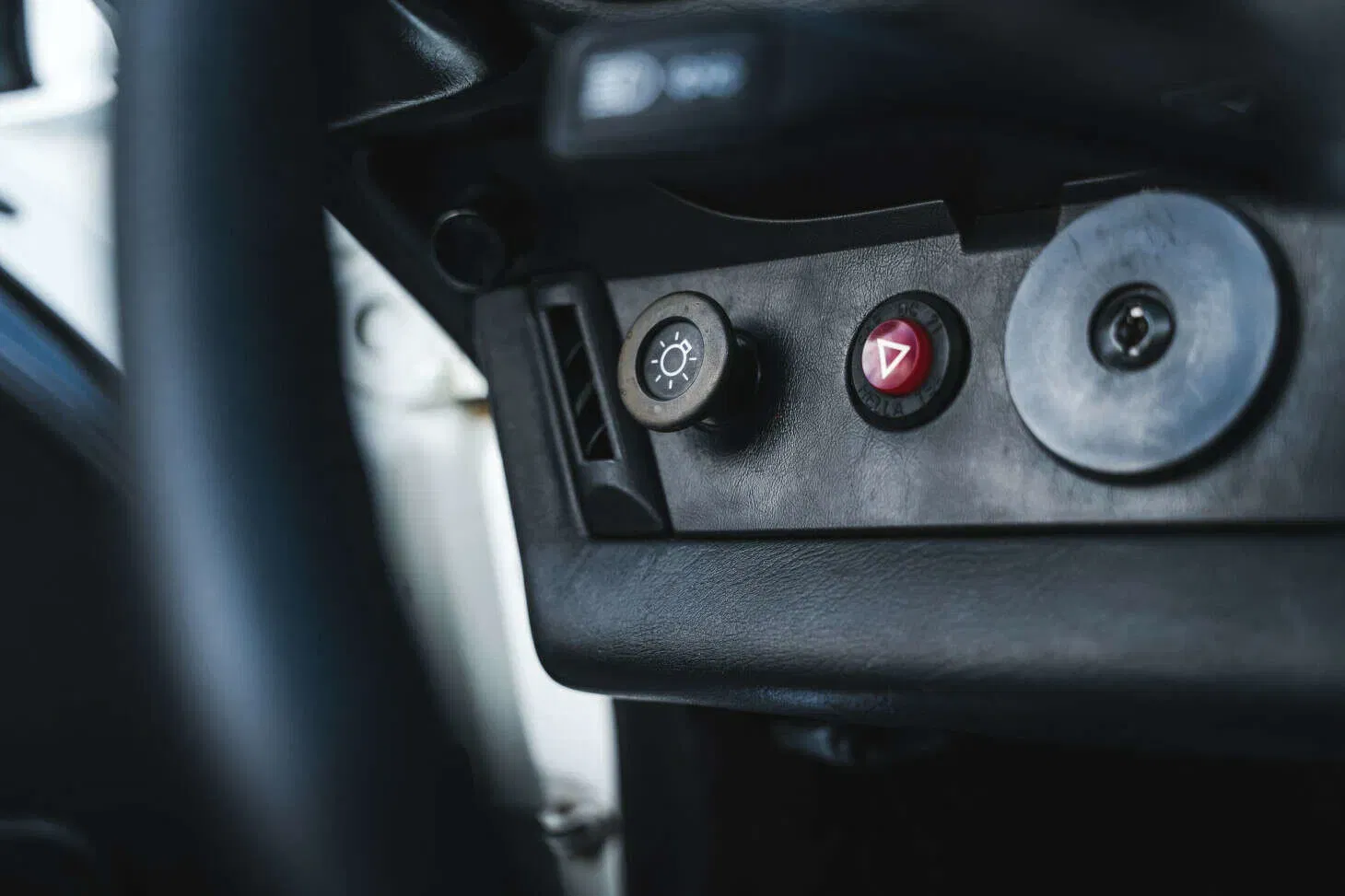

Porsche 911 SC Buyer’s Guide – Engine & Drivetrain
The Porsche 911 SC‘s 3.0-liter six-cylinder engine is generally considered to be very robust and durable. However, this does not mean that it requires no maintenance apart from regular oil changes. On the contrary, even with several broken cylinder head studs, worn valve seats and oil leaks, the engines can still run for a long time. At some point, however, a more extensive overhaul is inevitably due. Anyone who wants to buy a Porsche 911 SC should always bear this in mind. Oil leaks on the cylinder head in particular are often caused by the aforementioned broken studs.
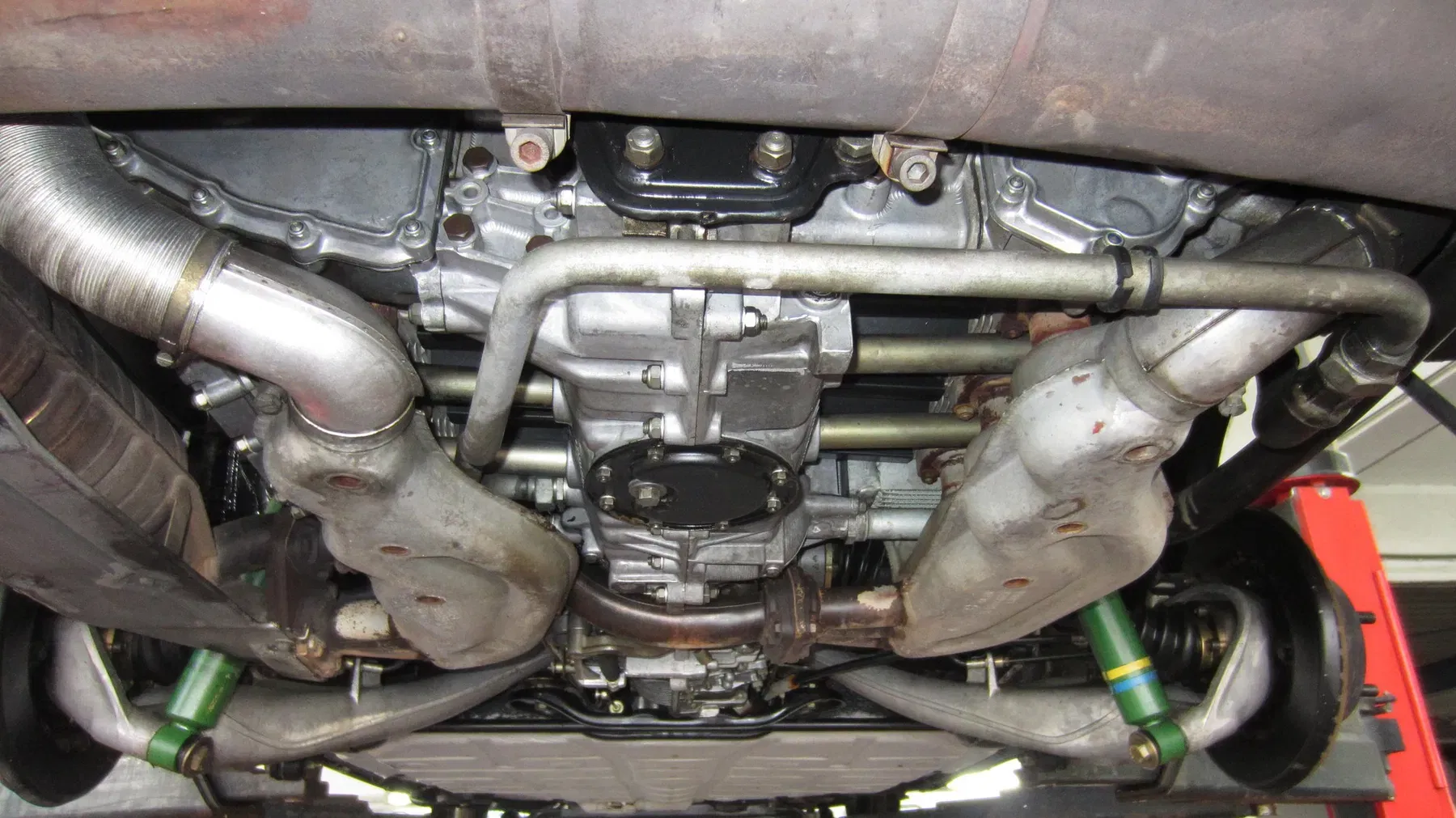
In general, however, a certain amount of oil loss – or even slight sweating – is no reason to panic immediately. Valve covers in particular are easy to repair. However, increased attention is required for timing chain rattling. This is often caused by defective mechanical timing chain tensioners or worn slide rails. During the repair, the question arises as to whether mechanical tensioners should be fitted again or whether you want to upgrade to hydraulic chain tensioners. Especially for vehicles that are only moved very rarely, switching to hydraulic tensioners may not always be advantageous. Especially as the mechanical tensioners also provide many years of reliable service.
Bosch’s K-Jetronic fuel injection system needs experience
The situation is somewhat more difficult with the K-Jetronic. The mechanical Bosch fuel injection rarely fails completely, but a rough idle or poor throttle response are not uncommon. It takes experience to get these problems under control again. The cause often lies in the fuel pressure regulator or flow divider, whose seals are attacked by fuels containing ethanol. However, both can be refurbished by specialist companies.
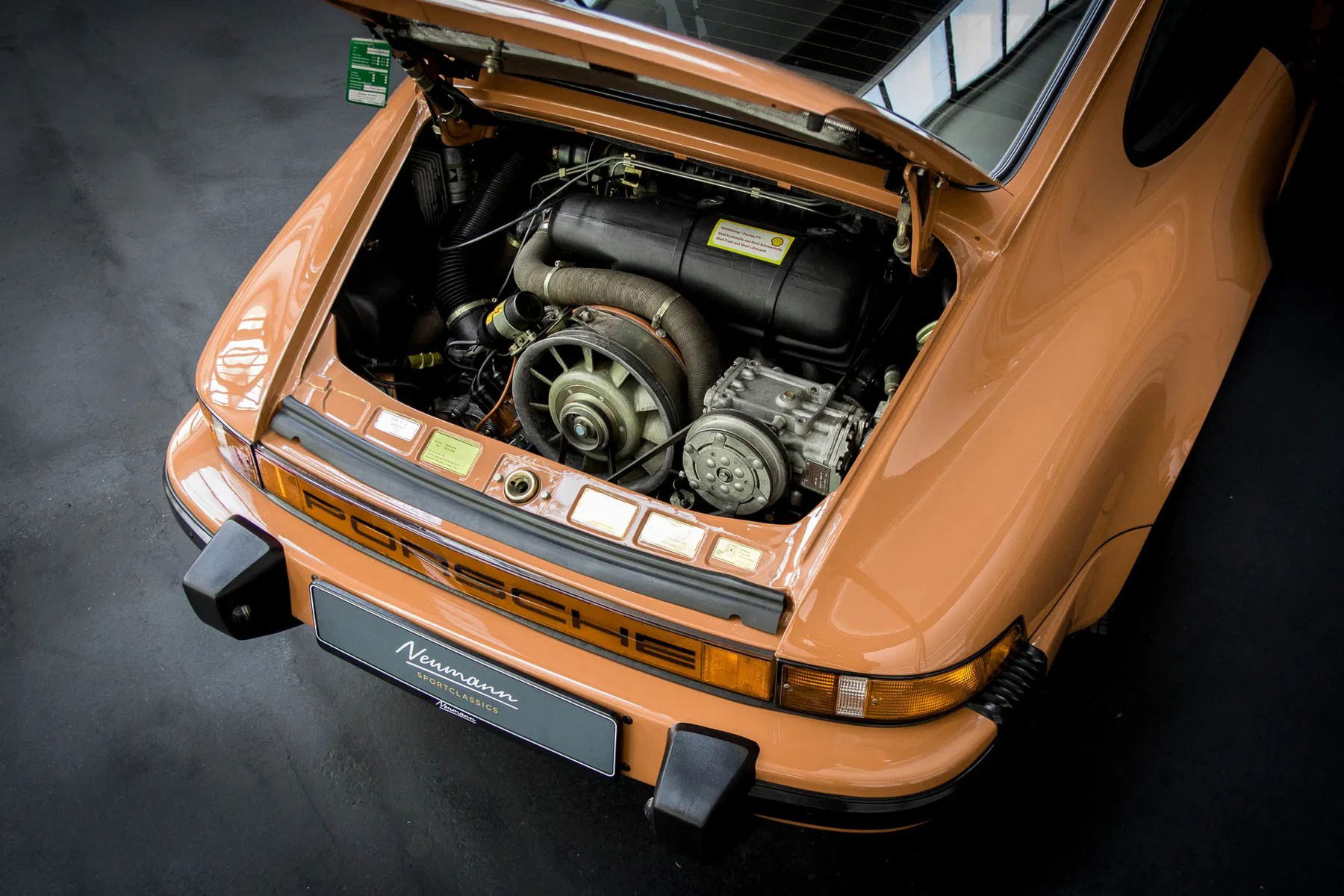
Aging fuel pumps can be responsible for low fuel pressure and poor engine running as well. Replacement is relatively inexpensive, though. The secondary air pump can also cause problems. As it is driven by a belt, it also draws up to five horsepower. As a result, it has been decommissioned by many owners. It is located on the left-hand side of the engine compartment when viewed from the rear.
Porsche 911 SC gearbox – The Porsche 915 gearbox is better than its reputation, but reacts sensitively to wear on the linkage or incorrect adjustment
In the Porsche scene, the 915 gearbox – an in-house development by Porsche – does not enjoy the best reputation. The synchronization of the 915 transmission has its peculiarities and takes some time. Fast gear changes in the 911 SC are not as easy as in later Carrera 3.2 models. But let’s be honest: in a Porsche 911 SC, it’s probably never about the last tenth on the racetrack anyway.
Instead, mechanical health is more important. And here the following applies: a well-maintained and, above all, correctly adjusted 915 transmission is really fun. That’s why you need to test it properly. A basic principle for 911 SC drivers is not to move the lever to the next gear immediately, but to hold on to the resistance for a short moment and give the synchronization some time to adjust the revs. Only then should you engage the next gear.
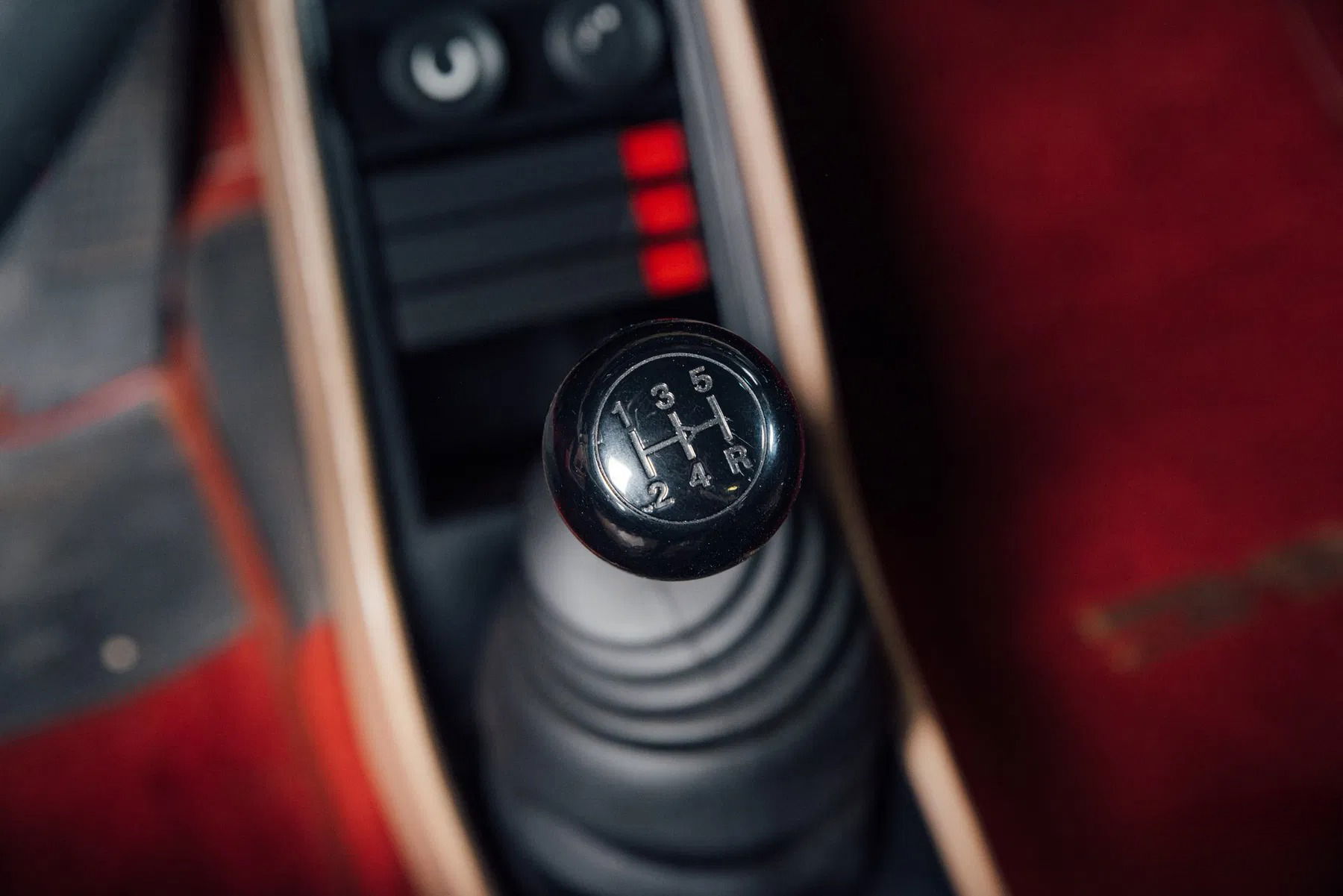
If the gears still engage poorly or you hear grinding noises coming from the gearbox, be careful! There are many reasons for this. In the most favorable case, the clutch is not properly adjusted. It may also be due to worn bearings/bushings in the linkage. In the worst case, however, the fault lies in the synchronization. In this case, the transmission must always be overhauled. The costs for this can quickly run into five figures. The extremely rare Sportomatic – it was only available in the 1978 and 1979 model years – is a bit odd and not particularly interesting to drive.
Porsche 911 SC Buyer’s Guide – Suspension & Brakes
First the good news: both the suspension parts and the brake system in the Porsche 911 SC are of very high quality. These are tried and tested components that have already been used in the 930 Turbo and the Carrera models. In addition to excellent parts availability, this also means relatively low prices. DIY enthusiasts can rejuvenate the complete brake system, including a brake caliper overhaul, for less than 1,000 euros.
A spongy ride in the SC is usually due to a combination of worn rubber bushes, suspension joints and tie rods in conjunction with worn dampers. The spare part prices for suspension components are – as with the brakes – at a manageable level. The work itself is relatively easy to do. For a set of new sports shock absorbers, you should calculate a little more than 1,000 euros plus installation. If the car still lacks steering precision, the culprit is often the steering gear. In this case, an overhaul at a specialist workshop is recommended.
Porsche 911 SC Buyer’s Guide – Conclusion
The decision to opt for the Porsche 911 SC, originally planned as the last 911, makes a certain statement these days. Unlike the rare Carrera 3.0 or the now popular Carrera 3.2, the SC is not one of the sharpest sports cars of its time. Rather, it is a robust, reliable classic. It signals to the environment that it is neither an object of speculation nor a wild sports car. Instead, it conveys the original driving experience of the Porsche 911 in a very pure form, but is much easier to maintain.

A Porsche 911 SC buyer’s guide therefore often ends with a similar conclusion. The Super Carrera is an excellent introduction to the world of air-cooled 911s. The SC increased significantly in price across all model years up to and including 2021. Since then, it has remained in a similar range with average prices just below 70,000 euros. Its price range extends from around 35,000 euros for vehicles in need of restoration with high mileage to absolute top models at around 90,000 euros.
Surprisingly, the engine does not have too much influence on the prices. The differences between cars with 180, 188 or 204 hp are marginal when it comes to the purchase price. Early chrome models and the 204 hp variant tend to be more or less on a par, while the other model years are only slightly cheaper. The same applies to the body styles. Whether it’s a Targa, Coupé or Cabriolet, the prices are relatively similar.


The decision to buy a 911 SC depends not only on personal preference but also on its condition rather than a specific year of manufacture
The answer to the question of which Porsche 911 SC you should buy is, of course, a matter of taste. It was the first 911 to offer the three body styles of Coupé, Targa and Cabriolet that are common today. With a total of 31,941 Coupés, 21,548 Targas and 4,096 Cabriolets, there is also a relatively wide choice. Therefore, after the body shape, attention should first and foremost be paid to the overall condition. Sheet metal work and engine overhauls can quickly add up to half the car’s value or more if extensive work is required.
The Porsche 911 SC is now a sought-after classic in every variant. It embodies the flair of the 70s, combined with robust technology and is therefore a great choice, especially as an entry-level 911!
Richard Lindhorst, Elferspot
Our choice would therefore be either a model with very low mileage and an excellent maintenance record, or a vehicle that has recently been comprehensively overhauled by an expert. The 911 SC is very forgiving, but deferred maintenance usually ends up being twice as expensive. Transmission and engine overhauls in particular have become significantly more expensive in recent years. Therefore, a slightly higher purchase price with better overall condition usually pays off in the long run.
Specifications
- Model year: 1978-1983
- Model designation: Porsche 911 SC
- Engine type: 930/03 / 930/13 (MY ’78-’79) / 930/09 (MY ’80) / 930/10 (Model year 1981-1983)
- Engine design: 6-cylinder boxer engine (air-cooled)
- Displacement (cm³): 2,994
- Bore x stroke (mm): 95.0 x 70.4
- Engine power: 132/180 kW/PS at 5,500 rpm (MY ’78-’79) / 138/188 kW/PS at 5,500 rpm (MY ’80) / 150/204 kW/PS at 5,900 rpm (from MY ’81)
- Torque: 265 Nm at 4,200 rpm (MY ’79-’82) / 267 Nm at 4,300 rpm (MY ’83)
- Compression ratio: 8.5 : 1 (1978-1979) / 9.8 : 1 (from MY ’81)
- Valve control: SOHC (Single overhead camshaft), 2 valves per cylinder
- Fuel system: Bosch K-Jetronic
- Ignition: Single ignition
- Transmission: 5-speed manual (Type 915) / 3-speed Sportomatic (only until MY ’79)
- Wheels (front / rear): 6 J x 15 / 7 J x 15, or 6 J x 16 / 7 J x 16
- Tires (front / rear): 185/70 VR 15 / 215/60 VR 15, or 205/55 VR 16 / 255/50 VR 16
- Brakes (front / rear): 282.5 mm / 290 mm internally ventilated discs
- Track width (front / rear): 1369/1379 mm
- Wheelbase (mm): 2272
- Dimensions L x W x H (mm): 4291 x 1652 x 1320
- Curb weight: 1,160 kg
- Acceleration 0 – 100 km/h: 7.0 s (MY ’78-’79), later 6.8 s
- Top speed: 225 km/h (MY ’78-’79), later 235 km/h
- Production numbers: Coupé: 31,941 / Targa: 21,548 / Cabriolet: 4,096
Elferspot magazine
You have reached your article limit for this month.
Become an Elferspot Member now and get unlimited access to our Elferspot Magazine and other features!
- No obligations or charges.
- We help you find your dream car: get newly added cars straight into your mailbox.
- Your own watch list for your favorite cars.
- Unlimited access to Elferspot Magazin.
- -10% welcome discount for Elferspot textile products
- Successfully sell your Porsche via Elferspot.
